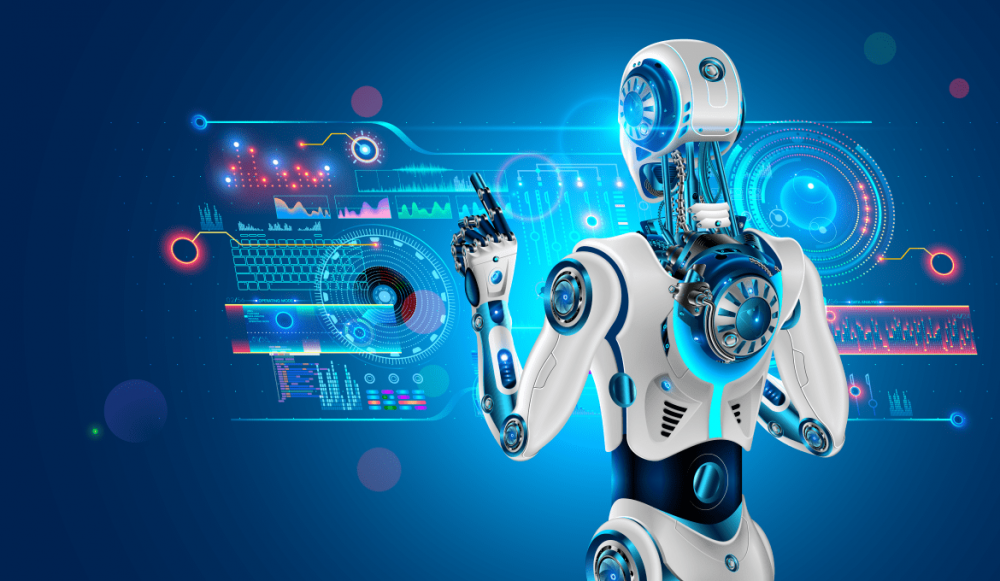
9 key factors to consider when you are choosing RPA software
9 key factors to consider when you are choosing RPA software
RPA (robotic process automation) has the potential to free business users from tedious, repetitive tasks. As a result, the term "robotic" was coined: RPA jobs are typically routine and low-level in nature. Businesses use RPA software to develop software bots that perform predefined, structured tasks such as filling out electronic forms, processing transactions, and sending messages.
Prior to selecting an RPA product, you should have a firm grasp on the tasks you wish to automate—and ensure that the product you choose includes the capabilities you require.
Ease of bot configuration
There should be a variety of configuration options for different personas. Business users should be able to point and click their standard applications while a recorder records their actions. Citizen developers should be able to define bots and business rules in a low-code environment. Finally, professional programmers should be able to create genuine automation code that makes API calls to the RPA tool.
Integration with enterprise applications
A bot is useless to your business if it cannot extract data from your enterprise applications. This is typically more straightforward than parsing PDFs, but you'll need drivers, plug-ins, and credentials for all your databases, accounting systems, human resource management systems, and other enterprise applications.
Low-code capabilities
Low-code development is typically a combination of drag-and-drop timeline construction from a toolbox of actions, property form filling, and the occasional snippet of code. Writing small pieces of code, such as "loan amount 0.20 * annual income," can be significantly faster than using graphical methods to specify a business rule.
Machine learning capabilities
Only a few years ago, RPA tools struggled to extract information from unstructured documents—and, on average, 80 percent of a business's information is stored in unstructured documents rather than databases. Nowadays, RPA machine learning capabilities are frequently used to parse documents, locate required numbers, and return them to the user. While some vendors and analysts refer to this as hyperautomation, the fancy terminology has no bearing on the functionality.
Exception handling and human review
Typically, categorical machine learning models estimate the probabilities of possible outcomes. For instance, a loan default prediction model that returns a 90% probability of default may recommend denying the loan, whereas one that returns a 5% probability of default may recommend granting the loan. There is room for human judgment somewhere between those probabilities, and the RPA tool should be able to submit the case for review.
Process and task discovery and mining
Identifying and prioritizing your processes for automation is frequently the most time-consuming part of implementing RPA. The more the RPA vendor's app assists you in mining processes from system logs and constructing task flows through observation, the easier and faster it is to begin automating.
Orchestration and administration
Before you can run any bots, you must configure them and supply them with the necessary credentials, which are typically stored in a secure credential store. Additionally, you must grant users the ability to create and run your bots—as well as provision your unattended bots to run on specific resources in response to specific events. Finally, you'll want to keep an eye on the bots and route exceptions to humans.
Cloud bots
Initially, RPA bots ran exclusively on user desktops and company servers. However, as IT estates have migrated to the cloud, businesses have set up cloud virtual machines for bot use. Recently, some RPA vendors implemented "cloud-native" bots that run as cloud apps using cloud APIs rather than as Windows, macOS, or Linux virtual machines. Even if your organization has not yet invested heavily in cloud applications, it will eventually, making this capability extremely desirable.
Scalability
As your RPA implementation expands across the enterprise and handles more automations, scalability issues, particularly for unattended bots, can easily arise. A cloud implementation, whether native, virtualized, or containerized, can frequently alleviate scalability concerns, particularly if the orchestration component is capable of provisioning additional bots as needed.
Finally, the success or failure of your RPA implementation will be determined by your ability to identify the most lucrative processes and tasks for automation. For instance, if a bank's highest-reward process is performing due diligence on loan applications, use that process (or a key task from it) as your proof of concept for RPA.
Make no compromises during your testing cycle. If it turns out that the RPA solution you've chosen lacks some critical capability and you're forced to switch, you're in for a world of pain. To avoid having to recreate all your bots from scratch, you should document each task and process in detail. When you switch horses, you may still need to spend a week re-implementing each bot, but you will save the month spent debugging each process.

